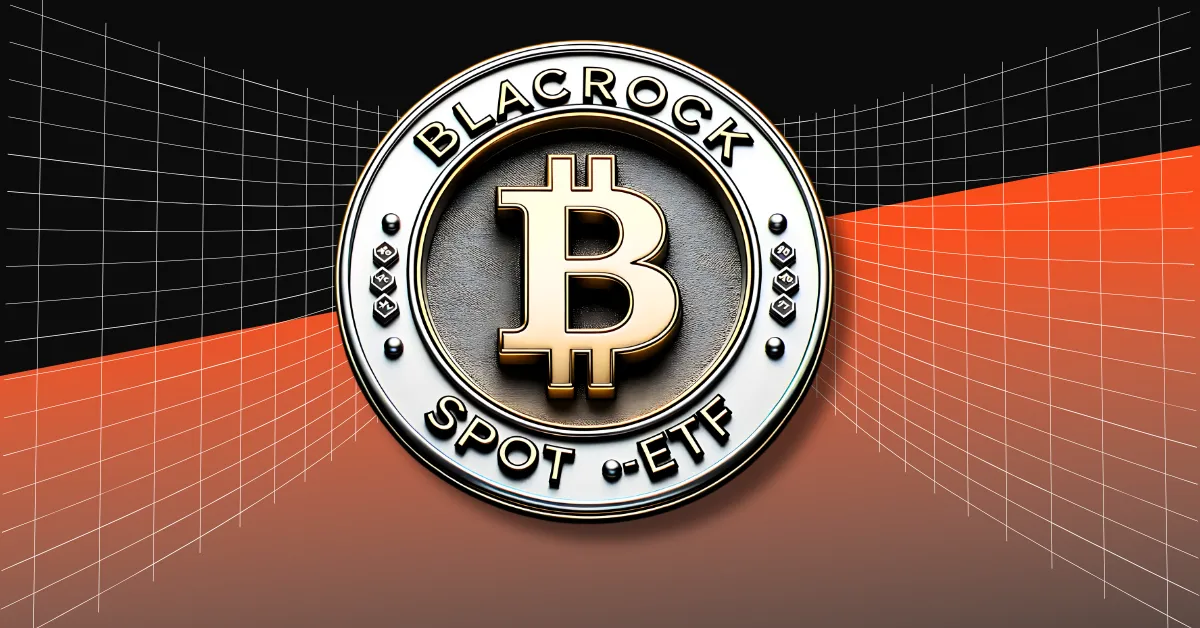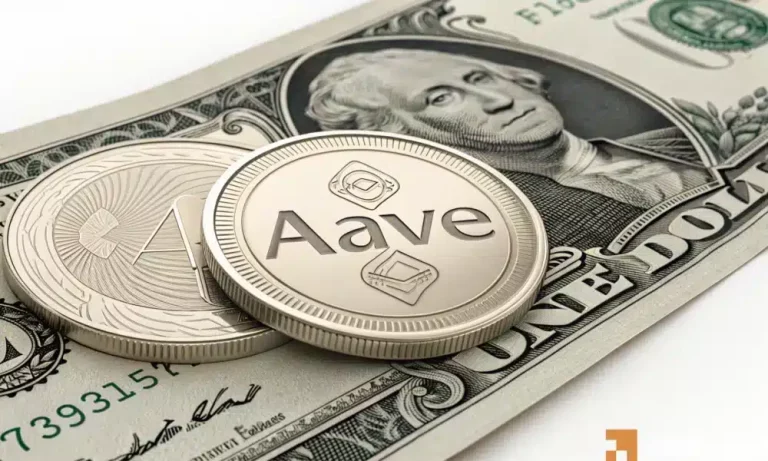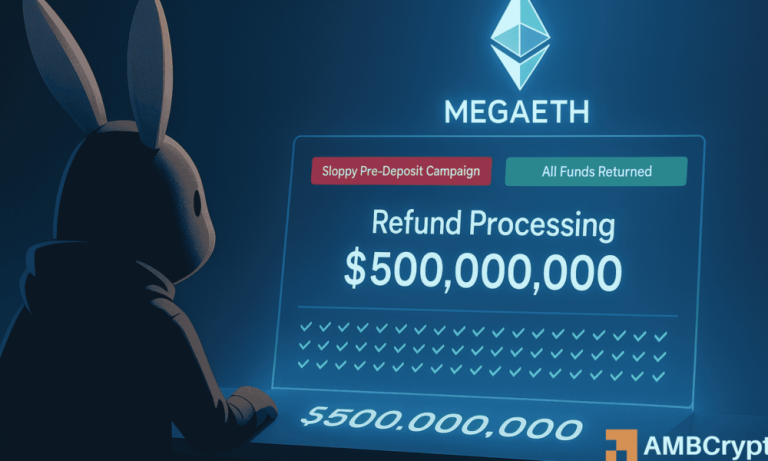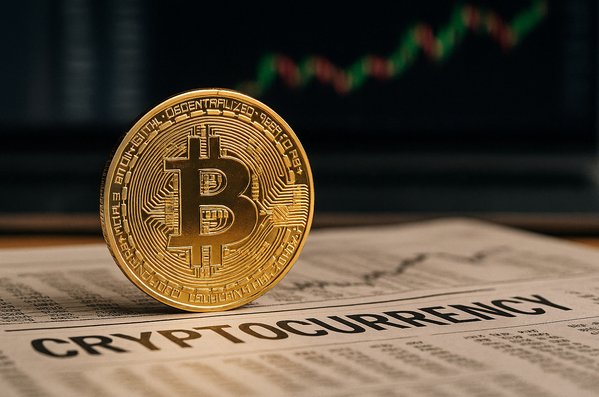
The cryptocurrency world has been buzzing with speculation about BlackRock’s potential involvement in launching an XRP Exchange-Traded Fund (ETF). Despite its established expertise in digital assets and Ripple connections, BlackRock has not yet filed for an XRP ETF. Why is this the case? Let’s take a closer look at the strategic reasons behind this decision and the factors shaping the timeline.
The Role of Regulatory Uncertainty
While Bitcoin and Ethereum have gained clearer regulatory recognition, XRP still sits in a regulatory gray area. In 2023, a U.S. court declared XRP is not a security in secondary sales. However, this partial clarity has not eliminated the concerns tied to potential regulatory risks. Major firms like BlackRock often avoid launching ETFs based on assets with unresolved legal challenges.
A fully defined regulatory framework for XRP in the U.S. would remove significant barriers. BlackRock’s cautious approach likely reflects a preference for regulatory certainty before moving forward with an ETF for XRP. This ensures compliance and a smoother launch process, avoiding potential disruptions from legal complexities.
Institutional Demand and Adoption
BlackRock assesses the viability of ETFs based on market size, liquidity, and institutional interest. While XRP boasts a high global market capitalization and active trading volumes, its institutional adoption in the U.S. is still in its early stages. BlackRock prefers to time its product launches when there is clear and substantial institutional demand, ensuring a strong foundation for long-term success.
According to Robbie Mitchnick, BlackRock’s Global Head of Digital Assets, the company’s decision to hold back on an XRP ETF filing stems from insufficient client demand at this stage. However, analysts argue that demand might not be the only limiting factor, given XRP’s widespread global community and well-documented trading activity worldwide.
Strategic Calculations for Optimal Timing
BlackRock has a reputation for launching its investment products at the most opportune moments. Instead of rushing to beat competitors, the firm diligently waits until market and regulatory conditions are favorable. This approach minimizes risks and maximizes the chances of a successful rollout.
The firm’s digital asset team includes individuals with deep expertise in XRP’s utility and Ripple’s technologies. Robbie Mitchnick, for instance, previously worked at Ripple, and his research into crypto asset valuation models highlights XRP’s potential in institutional adoption. This underscores that BlackRock remains prepared to move forward once the timing and regulatory factors align.
What Does This Mean for Investors?
An XRP ETF is still a possibility, but investors will need to wait for full regulatory clarity and broader institutional support in the U.S. markets. Analysts believe that BlackRock’s deliberate strategy reflects the company’s long-term vision to ensure that products launched are both compliant and highly successful.
In the meantime, if you’re looking to explore products within the cryptocurrency space, consider resources like the Ledger Nano X Wallet. It’s a secure and trusted device for managing digital assets. Learn more about protecting your cryptocurrency investments while waiting for future developments in the XRP market.
Stay Updated
For real-time updates on cryptocurrency trends, regulatory changes, and investment insights, lifestyle sites like ours are your go-to resources. From Bitcoin’s milestones to XRP’s potential breakthroughs, we are committed to keeping you informed so you can make savvy financial decisions.
Disclaimer: Always conduct your own research before making investments. The information here is intended for educational purposes and does not constitute financial advice.



